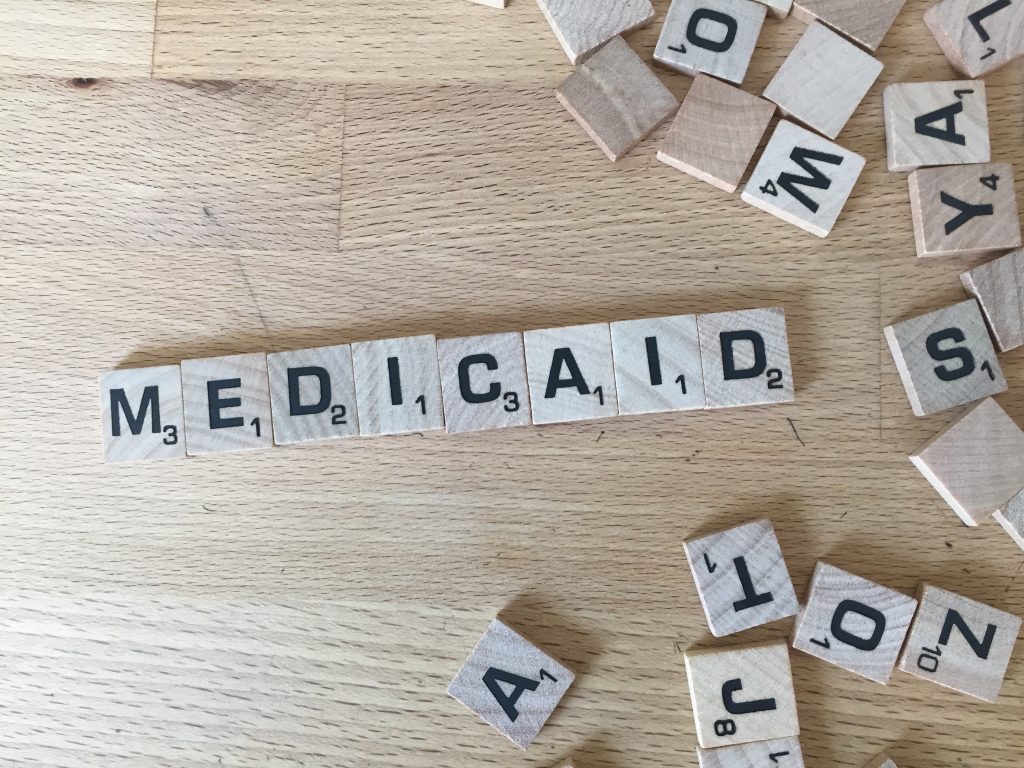HUSKY COVID update – new enrollments lag, lots of money to providers, and telehealth is very popular

At Friday’s Medicaid Council meeting, we learned that while new HUSKY applications recovered last fall from its drop last spring, they fell again sharply this January and February. The reasons for the volatility during a serious recession are unclear.
DSS focused on how HUSKY has responded to the COVID pandemic. Now covering over a million state residents, the state has taken federal options to temporarily remove prior authorization requirements, expand access and payment for services via telehealth, and suspend eligibility termination for most members. Through the pandemic, the state has provided over $215 million in payments and services to Connecticut’s nursing homes, $40 million in grants to hospitals, and 10% rate increases to home health, waiver and behavioral health providers.
A survey of HUSKY members and providers found that most are happy using telehealth to access care. Eighty percent of members liked using telehealth and 72% felt that it worked just as well as in-person appointments. Advantages of telehealth cited by members included not having to travel to the appointment and less waiting time. However, 12% noted that it was hard to talk to the doctor and was less personal, and 8% had difficulty connecting. Black and Hispanic members were more likely than whites to access telehealth via phone only rather than with an audio and visual connection.
Almost half of providers noticed fewer missed appointments and two thirds didn’t have any technical difficulties connecting with patients. Almost three in four providers felt that telehealth was an adequate replacement for in-person appointments and 83% intend to continue using telehealth after COVID.
In response to a study that found an increase in follow up care for patients who had telehealth visits for respiratory infections than those who had in-person appointments, DSS committed to tracking follow up care and outcomes for HUSKY patients accessing care via telehealth.
Spending on medical services have rebounded since the drop early in the pandemic. All areas are up to or above February 2020 levels, except nursing homes which remain 20% lower. Lab/Xray services are up about 60% above pre-pandemic levels, inpatient spending is up 23%, durable medical equipment and home health are up about 18%, pharmacy is up 15%, and other practitioners (including behavioral health) are up about 13%. Pharmacy, home health, and durable medical equipment didn’t experience a drop in spending even early in the pandemic.

